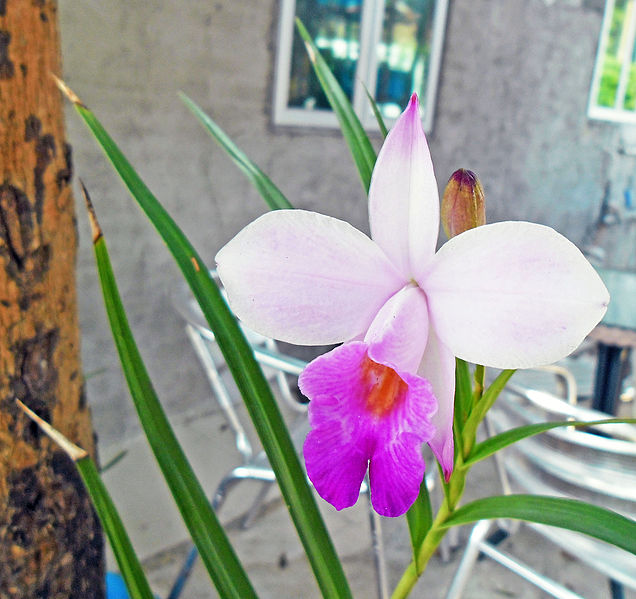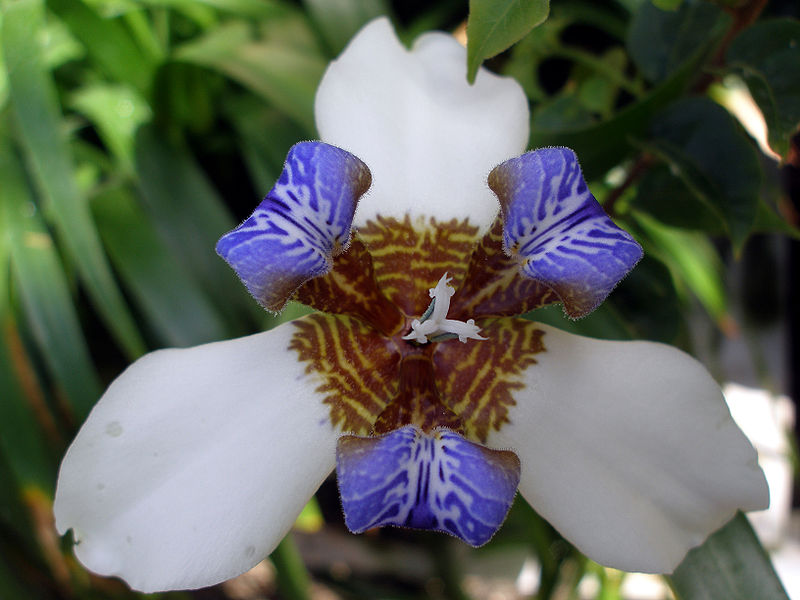
When fully matured the fruits become a tough mass of fiber that makes a great scrubbing sponge. These natural cellulose fiber wonders of the vegetable world have many uses. They can exfoliate loose cells from your skin and make you squeaky clean or shine up your dirty dishes.
Loofahs are most excellent in the bath or shower.
The exfoliating action leaves your skin feeling the cleanest and tightest it could possibly be. Scrubbing your back with a luffa sponge in the bath or shower is an incredibly pleasurable experience. Soap and luffa fibers are a natural cleaning combination resulting in wonderful loofah soap. Home and professional artisan craft soap makers include slices of luffa fiber in their creations to add an extra cleaning boost to their soaps. A loofah section can be placed in a cylindrical mold, filled with soap, cured, and sliced. Shredded or powdered luffa fibers can also be mixed into a soap base before pouring into a mold.
Luffa sponges are great for washing items like large pots and other containers. We use them for cleaning almost everything, including cars, boats, plastic buckets, and anything that needs scrubbed but can't withstand steel wool. Non stick cookware is one example.
A large loofah or a smaller piece on a handle or rope makes a great back scratcher. They can be cut into many shapes for scrubbing pads, padding, and other craft uses. The loofahs can be cut lengthwise with the core removed to make sheets of sponge material. These sheets of luffa material can be sewn into items like table hot pads, sandals, bath mats, hats, or anything else you can imagine.
Growing a Sponge:
Pick the gourds once they start to turn yellow and are becoming very light in weight. Peal them as soon as possible, the longer the skin stays on, the darker the sponges will get, and where the brown spots are, becomes hard to peel and the sponge beneath is discoloured.
Cut both ends to begin to peel of the outer skin and gently tug the skin away from the sponge. Inside the spongy gourd is moist and fibrous.
Squeeze it repeatedly from the middle towards the ends to remove the fleshy substance inside and the wash it thoroughly.
Plenty of large black seeds will come out – wash, dry and store them somewhere dry and cool for next year.
If the sponge is discoloured, soak it for 5 minutes in warm water with a little bleach. Dry the sponge by either hanging outdoors in fine weather or by placing in an oven at 150 degrees or so.
Sponges can be cut into sections or left whole. Add a length of hemp rope if you like to hang up your shower sponge. A large crop can yield quite a few Christmas gifts.













































